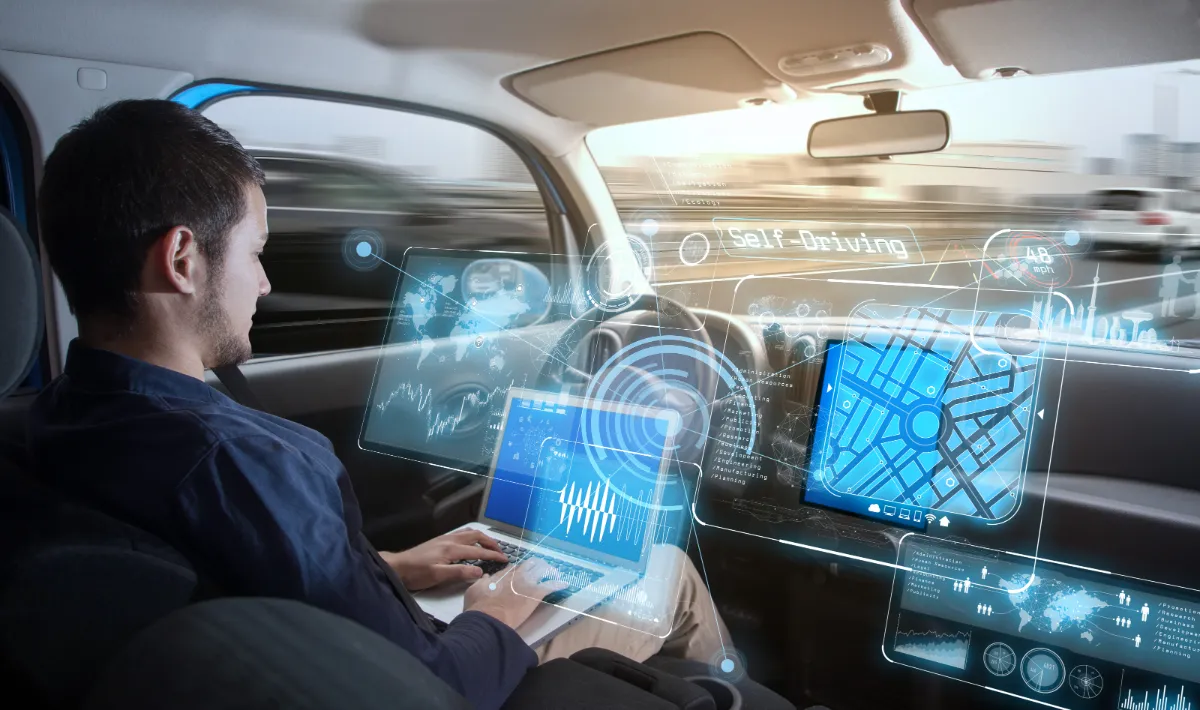For a long time, car manufacturers relied on their own operating systems and user interfaces for their vehicles. The smartphone user interfaces from apple and google, however, are preferred by the end customer and the manufacturers offer them partly directly, partly as an option.
The driver of this standardization is not least the expansion of infotainment in the car. Media sources and streaming services are also displayed in the usual way in the car and login data for them is managed. More content can be added easily. Audiobooks, podcasts and Netflix are also in demand on mobile devices.
Other windows show the provider’s Maps application and enrich it with live traffic data, points-of-interest and search content. This makes it possible to navigate by voice to the company Maier-IT in Offenbach or to the nearest Greek restaurant that is currently open, without knowing the address. And the current weather is also displayed.
Increasingly, large displays are being installed in cars, as the electric car pioneer Tesla has been doing consistently for years, omitting all other displays and instruments. This is ideal condition for apple car OS and google car play.
Of course, the Internet giants are interested in achieving even higher market shares. Soon, nothing could get past apple&google in the car either. The passenger car manufacturers are giving up the helm in the process. What initially appears to be advantageous for the end user can, however, also become a nuisance due to content that may be subject to a charge in the future.







